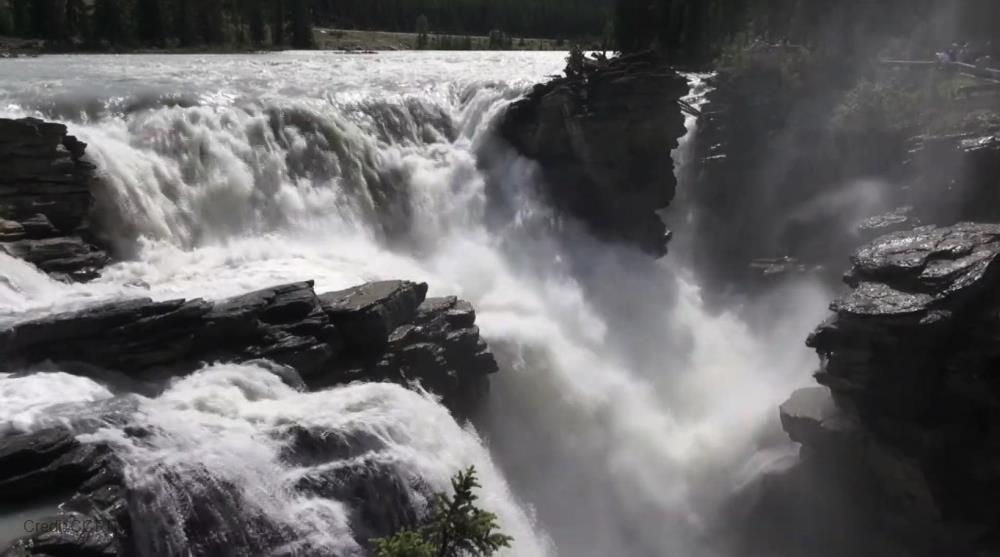
Related items loading ...
Section 1: Publication
Publication Type
Conference Presentation
Authorship
Walker, X. J., Baltzer, J. L., Cumming, S. G., Day, N., Goetz, S. J., Johnstone, J. F., Potter, S., Rogers, B. M., Schuur, E., Turetsky, M. R., Mack, M. C.
Title
Vulnerability of boreal forest legacy carbon to combustion increases with shortened fire return intervals
Year
2018
Publication Outlet
AGU 2018
DOI
No DOI Available
ISBN
ISSN
Citation
Walker, X. J., Baltzer, J. L., Cumming, S. G., Day, N., Goetz, S. J., Johnstone, J. F., Potter, S., Rogers, B. M., Schuur, E., Turetsky, M. R., Mack, M. C. (2018). Vulnerability of boreal forest legacy carbon to combustion increases with shortened fire return intervals. AGU 2018.
https://ui.adsabs.harvard.edu/abs/2018AGUFM.B11A..06W/abstract
Abstract
Climate warming and drying has led to an intensification of wildfire disturbance in boreal forests. This has the potential to shift the net ecosystem carbon balance from a sink to a source if fires release carbon from the soil organic layer that escaped combustion in previous fires, termed 'legacy carbon'. Although progress has been made in understanding the characteristics of landscapes and fires that lead to deep burning of the soil organic layer and large carbon emissions, little is known about the vulnerability of legacy carbon to combustion. Here we assess both legacy carbon presence and combustion from the 2014 wildfires in the Northwest Territories, Canada, which burned 2.85 million ha and emitted 94.3 Tg carbon. Stand age at the time of the 2014 fires was determined by ring counts on five basal tree disks per site. Radiocarbon values in the year the stand established were compared to radiocarbon values of the residual surface soil organic layer to determine if legacy carbon combusted and to radiocarbon values at the base of the soil organic layer to determine the presence of legacy carbon. We found that stands with a shortened fire return interval (stand age <60 years at time of fire) were more likely to harbor legacy carbon and were more vulnerable to legacy carbon combustion. Specifically, 89% of shortened fire return interval sites harbored legacy carbon and 45% experienced legacy carbon combustion. In contrast, only 36% of long fire return interval sites (stand age >70 years at time of fire) harbored legacy carbon and only one out of 28 sites experienced legacy carbon combustion. Given that approximately 0.797 ± 0.07 million ha of forests experienced a shortened fire return interval, we estimate that 0.35 million ha of black spruce boreal forest might have experienced legacy carbon combustion in the NWT during the 2014 fire season. Our results highlight that accounting for a shortened fire return interval is imperative for estimating boreal net ecosystem carbon balance in response to disturbance from wildfires, particularly as fires are expected to continue increasing in frequency.
Plain Language Summary


 GWFNet
GWFNet Master
Master Data
Data Research
Research Map
Map
 Advanced
Advanced Tools
Tools
 . . .
. . .
 Metadata Editor
Metadata Editor
 Record List
Record List
 Alias List Editor
Alias List Editor
 Legacy sites
Legacy sites